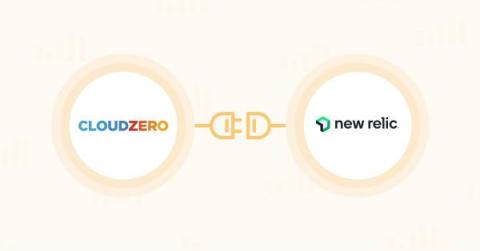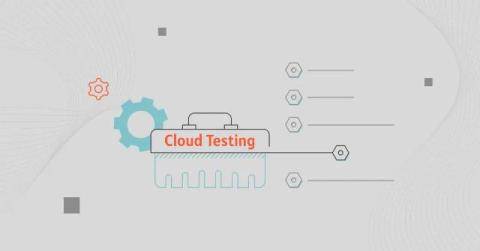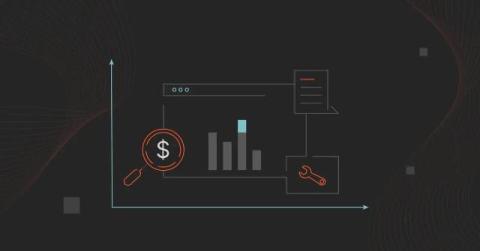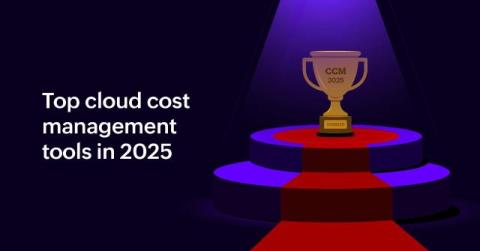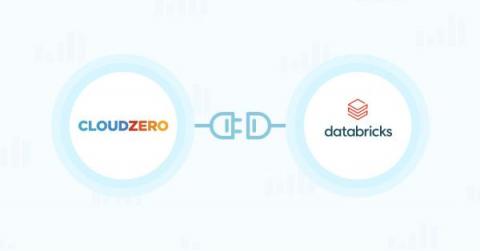New Relic Cost Optimization: 9 Surefire Ways To Cut Your Observability Costs
New Relic has established itself as a top observability platform with full-stack monitoring. Unifying all telemetry data — metrics, events, logs, and traces — into one platform delivers deep performance insights and enables faster troubleshooting without juggling multiple tools. Also, New Relic prioritizes developers with tools like CodeStream, integrating error details and telemetry directly into the IDE.


